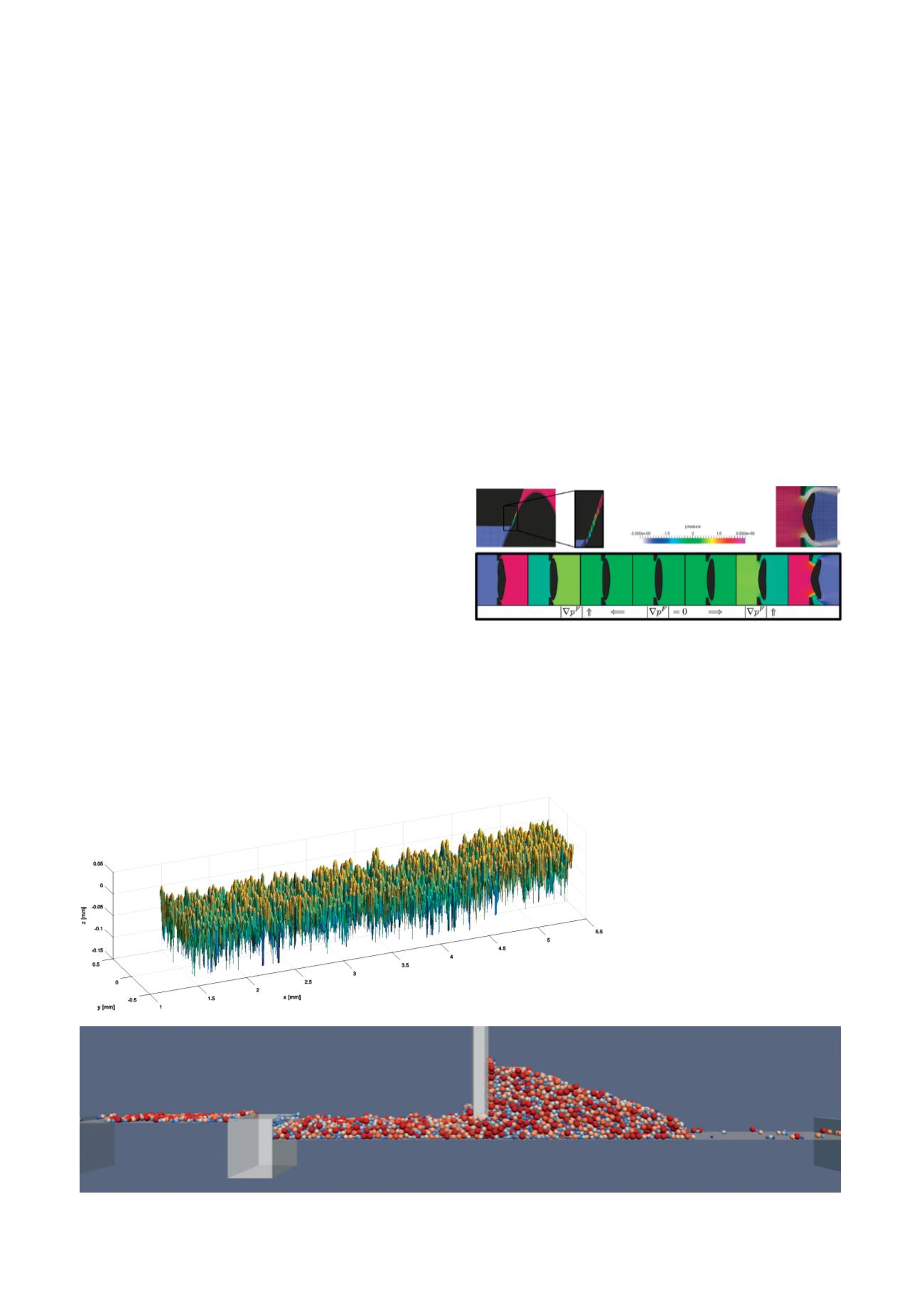

264
Computational Mechanics
Application-motivated fundamental research in computational mechanics
n
The Institute for Computational Mechanics (LNM) is committed to what can best be described
as cutting-edge ‘application-motivated fundamental research’ in a broad range of research areas
in computational mechanics. Applications span all fields of engineering (mechanical, aerospace,
civil, chemical) and the applied sciences.
With a strong basis in both computational solid and
fluid dynamics, the current focus lies on multifield
and multiscale problems as well as on computational
bioengineering. In all these areas, LNM covers the full
spectrum from advanced modeling and the development
of novel computational methods to sophisticated software
development and application-oriented simulations on high
performance computing systems. Meanwhile, the research
activities at LNM also include optimization, inverse
analysis, uncertainty quantification as well as experimental
work. In collaboration with leading researchers worldwide
as well as national and international industrial partners,
LNM expedites projects at the front line of research. For
more details and updated information please do visit our
webpage
www.lnm.mw.tum.de/home.Computational Multiphysics – Coupled and Multiscale Problems
The interaction of different physical phenomena plays an
essential role in most engineering applications. The mod-
eling of such multiphysics problems is one of our main
areas of research. We have developed robust and efficient
modeling approaches and computational methods for var-
ious coupled problems. Those problem classes comprise
a.o. fluid-structure interaction, electro-chemical, thermo
mechanical, opto-acoustic, coupled re-active transport,
poro-fluid-transport and thermo-fluid-structure-contact
interaction problems.
Also the interplay of effects on different scales plays an
important role in many scientific and engineering appli-
cations. Therefore, there has been increasing interest in
modeling so-called multiscale phenomena both mathe
matically and computationally. We tackle multiscale
Simulation of a non-return valve with rough surfaces modeled by a
poroelastic layer to compute leakage rates etc.
Simulation of recoating process of fine
metal powders in metal additive manufac-
turing and surface profile of a newly coated
powder layer
problems both in CSD and CFD. While in the first group
the focus is on the modeling of heterogeneous materials,
in the second group the focus is on turbulent flows and
complex fluids.



















